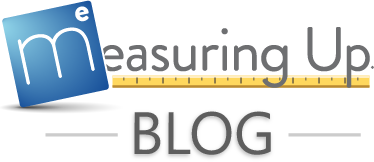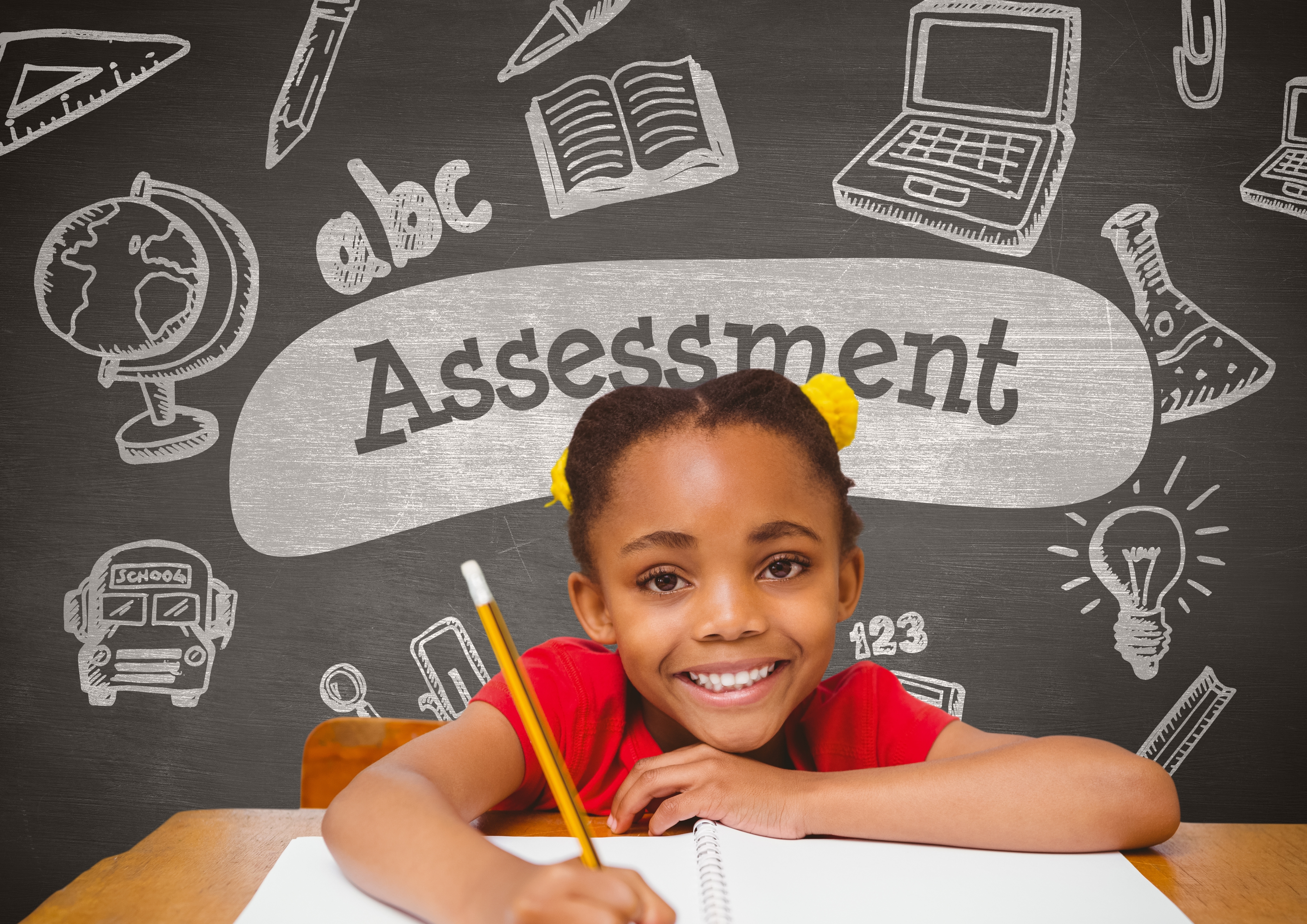Formative Assessment is the Key to Unlocking Student Engagement
For classroom teachers, the following scenario is probably familiar: you spend hours coming up with a lesson that’ll cover what students need to learn and you ask a simple question that is answered only by half-smiles or vacant stares. It can be incredibly challenging for educators to know if students are engaged and grasping the concepts that are taught during instruction. After all, it is one thing for a teacher to teach, but entirely another for students to learn. Even motivated learners may only catch bits and pieces of a lecture-style lesson, not absorbing enough information to apply learning. Educators require multiple avenues for engaging students and making sure that they understand the curriculum. One way to improve instructional planning is to use formative assessment. Today’s busy educators may need support to effectively implement formative assessment or to develop their own formative assessment tools. This is precisely why Mastery Education, the team behind Measuring Up, has developed specific tools to help teachers implement formative assessment with confidence.
There are many effective approaches to teaching, and formative assessment can be incorporated into any instructional model. Formative assessment involves student questioning and the use of data which enables students to collaborate in the instructional process by helping them to discover how they learn best.
According to Brent Duckor and Carrie Holmberg’s work on mastering formative assessment[1], there are 7 vital steps to formative assessment that can help make sure students remain engaged from the beginning to the end of each lesson. The first two steps help to orient students so that they understand the lesson objectives.
- First, educators must “prime” students with background information to help them make the connections between what they already know and what they are about to learn.
- Second, educators “pose” related questions that help students make cross-curricular connections.
- Steps three and four occur during instruction. These steps are
- “pausing”– allowing ample wait time for student responses to questions, and
- “probing” – asking deep questions that allow for students to elaborate and make more connections.
- The final steps are “bouncing”, “tagging”, and “binning” – all three of these tools help teachers to collect data about their classrooms to guide future planning decisions.
- “Bouncing” involves systematically sampling student responses to gather data.
- “Tagging” involves recording student responses and providing students with information about their own learning styles and needs.
- “Binning” involves interpreting collected student data to make decisions about future instruction.
Formative assessment can yield many positive results as students begin to take ownership of their learning and see the classroom as a partnership between student and teacher.
Creating instructional methods that reach students with a wide range of interest and ability can be an immense challenge for educators. Finding efficient and effective tools to raise achievement for all students is critical to success in the classroom. When teachers implement the 7 steps of formative assessment throughout instruction, students become more responsive and interested in lessons. Posing questions that encourage discussion helps students readily apply their knowledge, attain confidence in their skills, and bolster their speaking and listening abilities.
Measuring Up’s instructional and diagnostic solutions provides many of these 7 steps to support educators as they target instruction. Measuring Up print instructional worktexts easily allows the teacher to introduce, review and practice on a targeted standard and include variety of opportunities for informal and formal assessment and engagement. Measuring Up Live, digital component, offers diagnostic and adaptive practice that provides additional tools to measure for learning and support student engagement. To learn more about these resources, visit https://masteryeducation.com.
[1] http://www.ascd.org/Publications/Books/Overview/Mastering-Formative-Assessment-Moves.aspx

